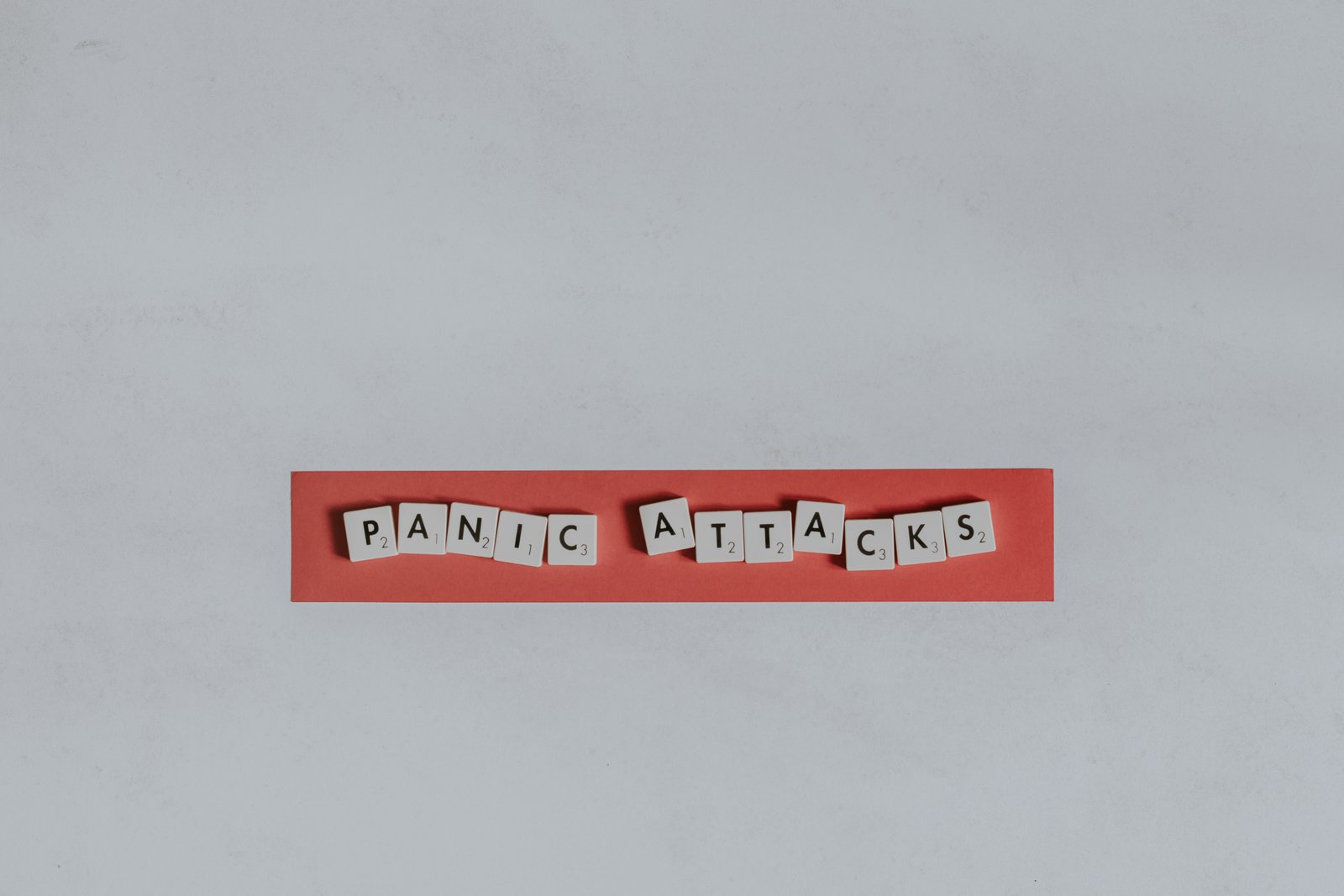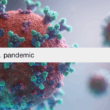
Are you frequently plagued by overwhelming feelings of fear or dread? Do you find yourself experiencing sudden, intense bouts of heart palpitations, sweating, or shortness of breath for seemingly no reason at all? If so, you may be suffering from panic disorder – a condition that affects millions of people worldwide. But what exactly is panic disorder, and what are the hidden signs you should be aware of? In this article, we will delve deep into the world of panic disorder and unmask the 10 subtle symptoms for panic disorder that should never be ignored.
From the seemingly innocent moments of increased irritability to the unexplained muscle tension that lingers throughout the day, recognizing these signs can be the first step towards seeking the help and support you need. So, whether you suspect you may have panic disorder or are simply curious to learn more about this often-misunderstood condition, read on to uncover the hidden signs that may be lurking beneath the surface.
Understanding panic disorder
Panic disorder is a type of anxiety disorder characterized by recurrent and unexpected panic attacks.
These attacks are often accompanied by intense physical symptoms, such as rapid heartbeat, chest pain, dizziness, and a sense of impending doom. Panic disorder can be debilitating and have a significant impact on a person’s daily life.
Common misconceptions about panic disorder
There are several misconceptions surrounding panic disorder that can make it difficult for individuals to seek help and support. One common misconception is that panic attacks are just a result of stress or a temporary bout of anxiety. However, panic disorder is a distinct and chronic condition that requires proper diagnosis and treatment. Another misconception is that panic attacks are not a serious medical condition. In reality, panic attacks can be incredibly distressing and can significantly impair a person’s quality of life.
Symptoms for Panic Disorder
Physical symptoms for panic disorder
Panic attacks often manifest with a range of physical symptoms that can mimic those of other medical conditions. These symptoms may include heart palpitations, chest pain, shortness of breath, trembling or shaking, sweating, and dizziness. It is important to note that while these physical symptoms can be alarming, they are not life-threatening.
Emotional symptoms for panic disorder
In addition to the physical symptoms, panic disorder can also cause emotional distress. Individuals with panic disorder may experience intense fear, a sense of impending doom, and a loss of control during a panic attack. They may also have persistent worry about future panic attacks, leading to a constant state of anxiety.
Cognitive symptoms for panic disorder
Panic disorder can also affect a person’s cognitive functioning. During a panic attack, individuals may experience racing thoughts, difficulty concentrating, and a distorted sense of reality. They may also have irrational fears and a heightened awareness of their surroundings.
Behavioural symptoms for panic disorder
The behavioural symptoms of panic disorder can vary from person to person. Some individuals may avoid certain situations or places that they associate with previous panic attacks. They may also engage in safety behaviours, such as always having an escape route or carrying medication. These behaviours can further reinforce the cycle of panic and anxiety.
The impact of panic disorder on daily life
Panic disorder can have a profound impact on a person’s daily life. Individuals with panic disorder may find it challenging to engage in normal activities, such as going to work or socializing with friends. They may also experience difficulties in relationships and have a decreased quality of life.
Recognizing the hidden signs of panic disorder
While panic attacks are the most well-known symptom of panic disorder, there are also several subtle signs that may indicate the presence of this condition. These hidden signs include increased irritability, unexplained muscle tension, frequent headaches or migraines, digestive issues, and difficulty sleeping. It is important to recognize these signs and seek help if they persist or worsen over time.
Seeking help for panic disorder
If you suspect you may have panic disorder, it is crucial to seek help from a healthcare professional. They can provide an accurate diagnosis and develop a treatment plan tailored to your specific needs. Treatment options for panic disorder may include medication, therapy, and lifestyle changes. Remember, you are not alone, and there is support available to help you manage your panic disorder.
Frequently Asked Questions
What causes panic disorder?
The exact cause of the panic disorder is not known, but it is believed to involve a combination of genetic, biological, and environmental factors. High-stress levels, a family history of anxiety disorders, and changes in brain functioning are among the potential contributors.
Can panic disorder be treated?
Yes, panic disorder can be effectively treated. The most common treatments include psychotherapy (such as cognitive-behavioral therapy) and medication (such as selective serotonin reuptake inhibitors). Lifestyle changes, such as stress management techniques and regular exercise, may also be helpful.
Can panic disorder be cured?
While panic disorder cannot be cured in the traditional sense, it can be managed effectively with appropriate treatment. Many people experience a significant reduction in symptoms and improvement in their quality of life with the right combination of therapies and support.
How can I help someone experiencing a panic attack?
If you encounter someone having a panic attack, it's important to remain calm and reassuring. Offer your support, encourage them to focus on their breathing, and help them find a quiet and safe environment. Avoid making judgments or minimizing their experience, and consider encouraging them to seek professional help if they haven't already.
Are there any self-help strategies for managing panic attacks?
Yes, there are self-help strategies that can be useful in managing panic attacks. Deep breathing exercises, progressive muscle relaxation, and mindfulness techniques can help reduce anxiety symptoms. Learning about panic disorder, identifying triggers, and developing coping strategies can also be beneficial.
Conclusion: Breaking the silence and finding support for panic disorder
Panic disorder is a challenging condition that can significantly impact a person’s life. By unmasking the hidden signs and raising awareness about this often-misunderstood disorder, we can break the silence and provide support for those who are suffering. If you or someone you know is experiencing symptoms of panic disorder, do not hesitate to seek help. Remember, there is hope, and with the right treatment and support, you can regain control of your life and overcome panic disorder.
In conclusion, panic disorder is a complex condition that goes beyond the well-known panic attacks. By understanding the various physical, emotional, cognitive, and behavioural symptoms, we can recognize the hidden signs and seek the help and support needed. If you suspect you may have panic disorder, it’s important to reach out to a healthcare professional who can provide an accurate diagnosis and guide you toward effective treatment options. Remember, you don’t have to face panic disorder alone – there are resources available to help you break free from its grip and reclaim your life.



